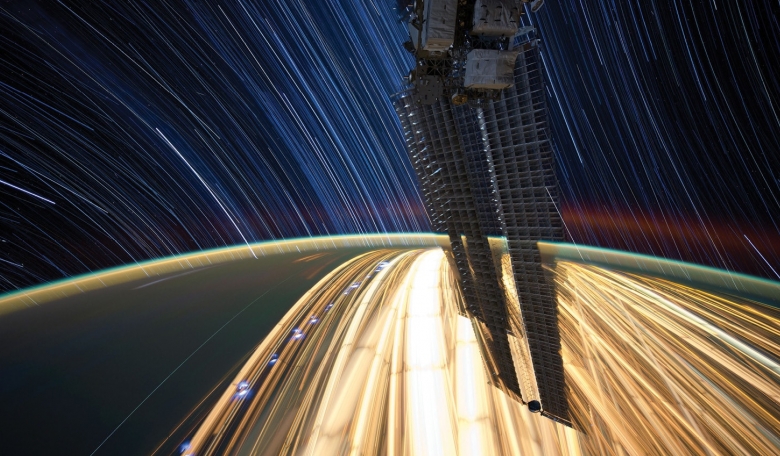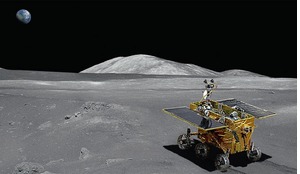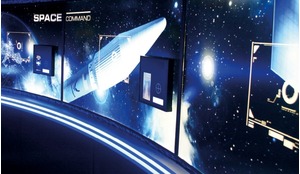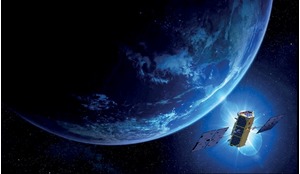Understanding the links between spaceflight physiology and the aging process can lead to improvements in human health not only for astronauts living in microgravity but also for older people living on Earth. This article provides a general overview of important physiological consequences of spaceflight, the aging process in humans on Earth, and important connections between these physiological states.
Ever since our ancestors started walking upright, the human body has adapted to the effects of gravity. For example, during standing - despite the human heart being located below the brain - it is able to pump enough blood to the brain against the force of gravity to maintain proper brain function. The pooling of blood in the legs - which occurs due to gravitational forces - is counteracted by the muscle pump in the lower limbs by one-way leg venous valves as well as by the action of breathing.
Additionally, the weight-bearing bones and antigravity muscles have adapted during evolution to ensure adequate support during standing. Thus humans can stand up without any real problems.
The real importance of gravity on physiological systems is, however, seen when gravity is reduced or taken away, as in the microgravity environment of spaceflight. Here, the impact of microgravity is seen on many physiological systems including cardiovascular function, cerebral autoregulation, musculoskeletal and sensorimotor systems.
Read more about how spaceflight studies can help geriatric health back on Earth in the full version of the article, available now to our subscribers.














